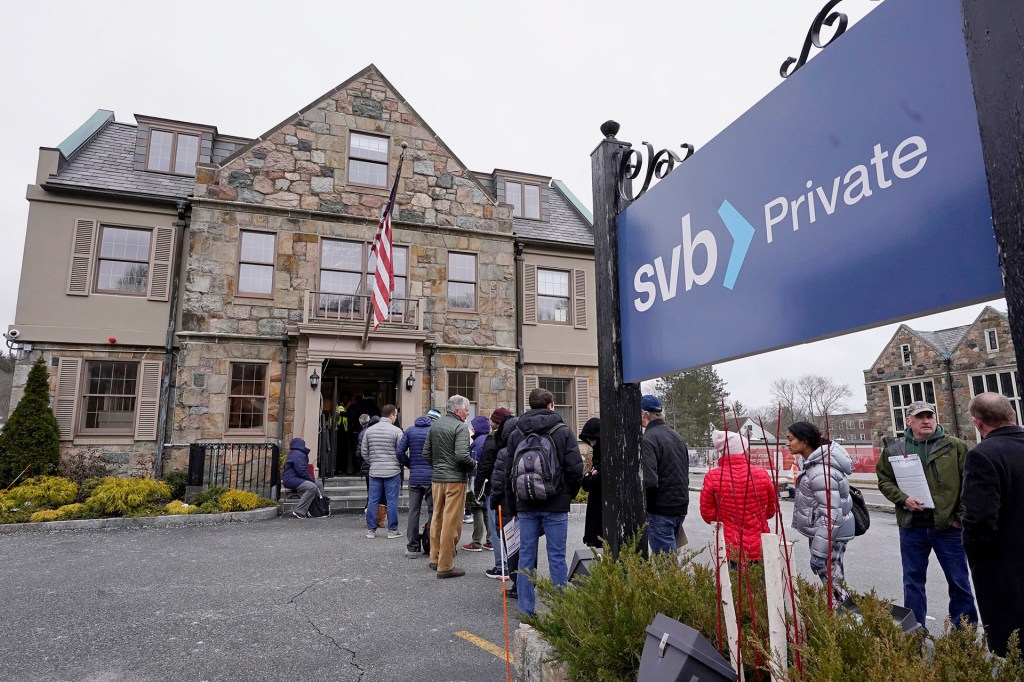TFK Explains: Silicon Valley Bank Crisis

On March 10, Silicon Valley Bank failed. Customers feared they would lose their money. The United States government took over the bank to prevent a financial crisis. Here are the details.
What is Silicon Valley Bank (SVB)?
SVB was one of the 20 largest banks in the U.S. It served mostly tech companies.
Why did SVB fail?
Many of its customers took out all of their money at the same time. They no longer trusted the bank. They withdrew billions of dollars.
Why didn’t the customers trust the bank?
They were afraid SVB was in financial trouble. The bank was selling its investments to raise money. Banks don’t keep much cash on hand. They invest it, hoping to make a profit. Most of SVB’s money was invested.
But those investments were no longer worth what SVB had paid for them. That’s because of rising interest rates. Interest is the amount of money people spend to repay a loan. Recently, the U.S. government has been raising interest rates. This discourages spending and slows inflation. Higher interest rates can cause investments to lose value.
Why is SVB’s failure a worry?
It could cause a panic. Customers at other banks might withdraw all their money, causing those banks to fail. This would lead to an economic crisis.
How is the U.S. government responding?
It says SVB’s customers will get their money back. It plans to sell SVB’s assets, and will loan money to banks affected by high interest rates, so they can pay customers. “Americans can have confidence that the banking system is safe,” President Joe Biden said on March 13.
What happens next?
Interest rates were expected to rise again on March 22. Some experts say this is no longer likely.
Stop and Think! How is the format of this news story different from others you have read in TIME for Kids? Why do you think editors chose this format?












